DROPS 52-19 |
|||||||||||||
 |
 |
||||||||||||
DROPS Sweater for men in Karisma Superwash
DROPS 52-19 |
|||||||||||||
|
Gauge: 22 sts and 30 rows on largest needles in pattern = 10 x 10 cm Pattern: See charts (1 chart = 1 repeat). The pattern is shown from the right side and is knit entirely in stockinette stitch. Arrows indicate the starting points for different sizes. Body: Numbers in ( ) = men's sizes. Knit the sweater in the round and cut steeks for armholes and neck split. Cast on 248-264-280 (264-280) sts with natural white on smaller circular needles; join and place a marker at the join. Knit 3 cm stockinette stitch, purl 1 row (for the folding edge - measure the work from here). Change to larger circular needles and knit Pattern 1 - start at the appropriate arrow on the chart and knit pattern over 124-132-140 (132-140) sts for the front, place a marker, start at the appropriate arrow again and knit pattern over 124-132-140 (132-140) sts for the back. After Pattern 1 knit Pattern 2 - start at the arrow as on Pattern 1. When the work measures 33-35-36 (39-41) cm , inc 5 sts on either side (these sts are for the steeks and are not knitted into the pattern). When the work measures 39-41-43 (46-49) cm - adjust for complete pattern - knit Pattern 3 (start at the appropriate arrow on the chart and knit across the front, start at the arrow again and knit across the back). When the work measures 43-45-47 (50-53) cm, bind off the center 12 sts in the front for split. On the next row cast on 5 new sts over the bound-off sts - these sts are for the steek and are not knitted into the pattern. When the work measures 55-57-59 (62-65) cm, bind off the center front 16-18-18 (18-20) sts + 5 steek sts for the neck and knit the rest back and forth on the needles. Bind off at each neck edge every other row: 3 sts 1 time, 2 sts 1 time, 1 st 2 times. At the same time, when the work measures 58-60-62 (65-68) cm, bind off the center back 38-40-40 (40-42) sts for the neck. Then bind off 2 sts at each back neck edge on the next row. Bind off after Pattern 3. The work measures approximately 60-62-64 (67-70) cm. Sleeves: Cast on 46-48-50 (50-52) sts on mid-size double pointed needles with natural white; join and place a marker at the join. Knit 3 cm stockinette stitch, purl 1 row (for the folding edge - measure the work from here). Change to largest double pointed needles and knit Pattern 1, centering the pattern on the sleeve. At the same time, when the work measures 7 cm inc 1 st each side of marker 37-36-37 (37-38) times: Women's S + M + L and Men's M/L: every 3rd row Men's S/M: alternately every 3rd and 4th row = 120-120-124 (124-128) sts. After Pattern 1 repeat Pattern 2 until the work measures 34-33-32 (39-38) cm - adjust for complete pattern. Then knit Pattern 4 once, then Pattern 5 once. The work measures approximately 48-47-46 (53-52) cm. Then knit 2 cm reverse stockinette stitch with natural white for a seam allowance over the cut edge on the body. Bind off. Assembly: Sew a marker thread in the center of the steek sts on either side and neck split. Sew two machine seams around the marker thread, 1st seam = 1/2 stitch from the marker thread, 2nd seam = 1/2 stitch from first seam. Cut steeks for armholes and split. Sew shoulder seams. Pick up approximately 20-30 sts along the left side of the split on smallest double pointed needles with gray and knit border as follows: 3 cm stockinette stitch, purl 1 row (for the folding edge), 3 cm stockinette stitch. Repeat along the right side of the split. Fold the edges over against the wrong side and sew. Pick up approximately 110-120 sts around the neck and over the placket on smallest double pointed needles with gray and knit border as follows: 3 cm stockinette stitch, change to natural white and knit 1 row stockinette stitch, purl 1 row (for the folding edge), 1 row stockinette stitch, change back to gray and knit 3 cm stockinette stitch. Fold the edge over against the wrong side and sew. Sew the sleeves to the body from the right side as follows: Sew alternately a stitch in the last row on the sleeve before the seam allowance and a stitch on the body after the machine seam. Turn the sweater inside out and sew the seam allowance from the sleeve over the cut edge on the body by hand. Sew on the hooks. SOCKS: Sizes: European shoe sizes 38-41 (41-44) women’s US shoe sizes 7 - 9-1/2 (9-1/2 - 11) men’s US shoe sizes 6 - 8-1/2 (8-1/2 - 10) total length: 58 (65) cm foot length: 23 (26) cm Materials: DROPS KARISMA SUPERWASH from Garnstudio Alternative 1: 250 (300) g col. 16, gray 50 (50) g col. 01, natural white Alternative 2: 250 (300) g col. 01, natural white 50 (50) g col. 16, gray DROPS 3 mm and 3.5 mm double pointed needles, or sizes needed to obtain correct gauge. Gauge: 22 sts and 30 rows on larger needles in stockinette stitch = 10 x 10 cm Pattern: See chart (1 chart = 1 repeat). The pattern is shown from the right side and is knit entirely in stockinette stitch. The chart is identical for all sizes. The chart includes Patterns 6, 7, 8 & 9 -- only Patterns 6 and 7 are used for the socks. Rib: * knit 2, purl 2 *, repeat from * - *. Socks: Color alternatives are in ( ). Cast on 72 (80) sts on smaller double pointed needles with gray (natural white); join and place a marker at the join (this is the center back). Knit 14 (16) cm rib. Change to larger double pointed needles and knit 2 rows stockinette stitch. Knit Pattern 6 once, then repeat Pattern 7. When the work measures 30 (32) cm begin shaping the leg. Dec 1 st on each side of the marker at the center back (before the marker: knit 1, slip 1, pass the slipped st over (psso); and after the marker: K 2 tog) every 5th (4th) row 12 (14) times = 48 (52) sts. When the work measures 50 (56) cm , put the center 24 (26) sts in front on a stitch holder and knit the rest with gray (natural white). Then knit 5 (6) cm stockinette stitch (for the heel) over the 24 (26) center sts in the back, and then turn the heel: 1st row (right side): Knit until 8 (9) sts remain on the needle, slip 1, knit 1, psso. Turn the work. 2nd row (wrong side): Purl until 8 (9) sts remain on the needle, slip 1, purl 1, psso. Turn the work. 3rd row (right side): Knit until 7 (8) sts remain on the needle, slip 1, knit 1, psso. Turn the work. 4th row (wrong side): Purl until 7 (8) sts remain on the needle, slip 1, purl 1, psso. Turn the work. 5th row (right side): Knit until 6 (7) sts remain on the needle, slip 1, knit 1, psso. Turn the work. 6th row (wrong side): Purl until 6 (7) sts remain on the needle, slip 1, purl 1, psso. Turn the work. 7th row (right side): Knit until 5 (6) sts remain on the needle, slip 1, knit 1, psso 1. Turn the work. 8th row (wrong side): Purl until 5 (6) sts remain on the needle, slip 1, purl 1, psso. Turn the work. Continue in this manner, working 1 less stitch before decreasing every other row, until 12 (14) sts remain. Then pick up 12 (13) sts on either side of the heel and distribute all sts evenly on 4 needles = 60 (66) sts. Put a marker on either side of the uppermost 24 (26) sts. Dec 1 st before the marker before the 24 (26) sts and 1 st after the marker after the 24 (26) sts every other row 6 times in all = 48 (54) sts. Make the decreases as follows: Before the marker: K 2 tog. After the marker: slip 1, knit 1 st, psso. Knit until the foot measures approximately 19 (21.5) cm. Put a marker on either side of the foot and bind off for the toe on either side of the marker as follows: K 2 tog before the marker and K 2 tog after the marker, repeat 3 times every other row = 36 (42) sts, then 7 (9) times on every row = 8 (6) sts. Pull together remaining sts and fasten well. HAT: Size: Women's (Men's) Circumference: 51 (55) cm Materials: DROPS KARISMA SUPERWASH from Garnstudio 100 (100) g col. 16, gray 50 (50) g col. 01, natural white DROPS 3 mm and 3.5 mm double pointed needles, or sizes needed to obtain correct gauge. Gauge: 22 sts and 30 rows on larger needles in stockinette stitch = 10 x 10 cm Pattern: See chart (1 chart = 1 repeat). The pattern is shown from the right side and is knit entirely in stockinette stitch. The chart is identical for all sizes. The chart includes Patterns 6, 7, 8 & 9 -- only Patterns 8 and 9 are used for the hat. Hat: Cast on 112 (120) sts on smaller double pointed needles with gray; join and place a marker at the join. Knit 33 rows stockinette stitch, purl 1 row (for the folding edge - measure the work from here). Change to larger double pointed needles and knit Pattern 8 and then Pattern 9. After Pattern 9 knit stockinette stitch in gray for 3.5 (4.5) cm , then attach a marker after every 8th (6th) st. On the next row, after each marker K 2 tog. Repeat this decrease every 6th row until 14 (20) sts remain. On the next row, * K 2 tog * across row. Then pull a double strand through the remaining sts and sew it in. Fold the edge over against the wrong side and sew. |
|||||||||||||
Diagram explanations |
|||||||||||||
|
|||||||||||||
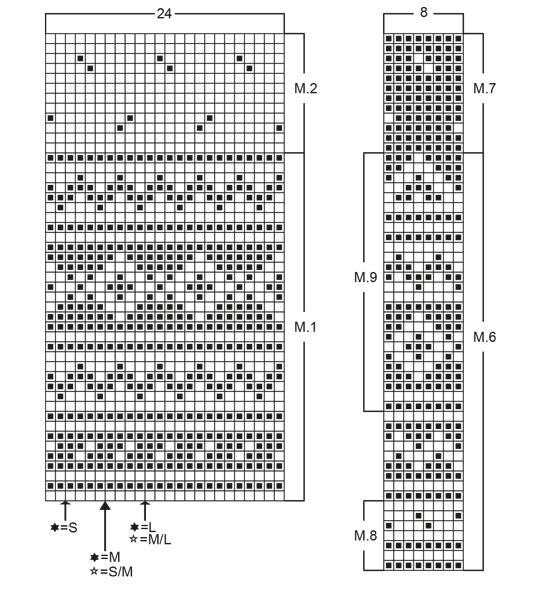
|
|||||||||||||
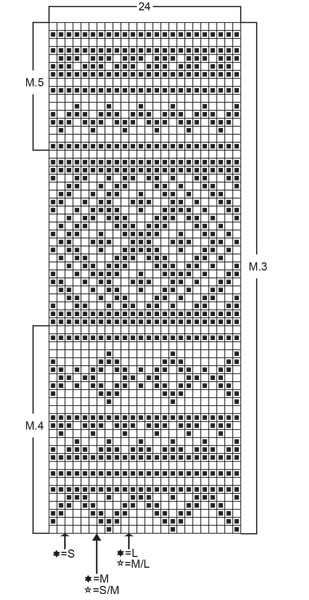
|
|||||||||||||
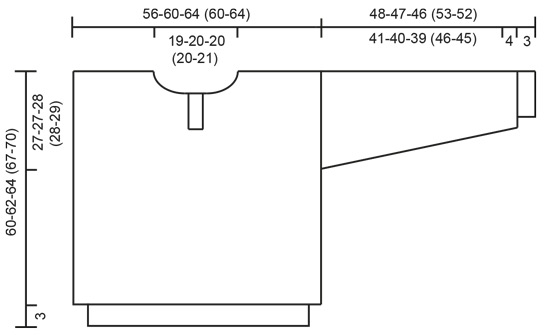
|
|||||||||||||
|
Have you made this or any other of our designs? Tag your pictures in social media with #dropsdesign so we can see them! Do you need help with this pattern?You'll find tutorial videos, a Comments/Questions area and more by visiting the pattern on garnstudio.com. © 1982-2024 DROPS Design A/S. We reserve all rights. This document, including all its sub-sections, has copyrights. Read more about what you can do with our patterns at the bottom of each pattern on our site. |
|||||||||||||

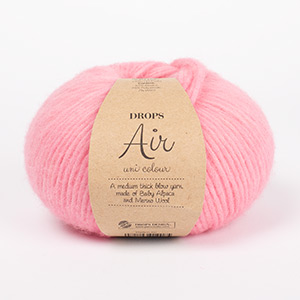





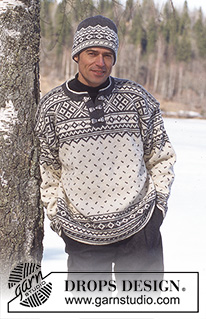

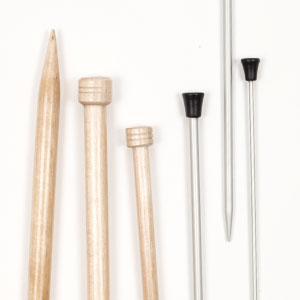
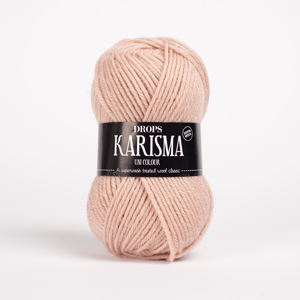






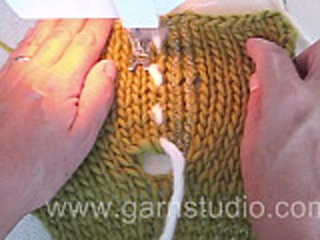
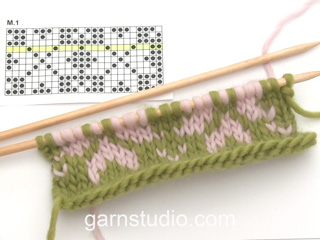

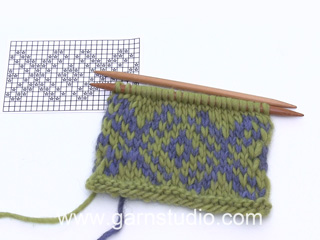
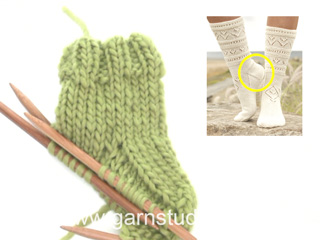

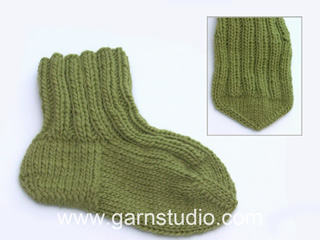
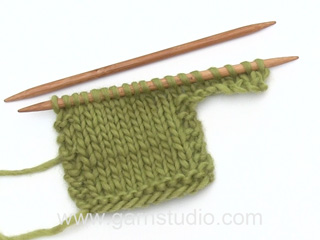
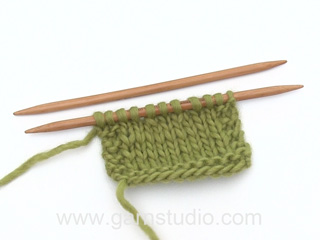
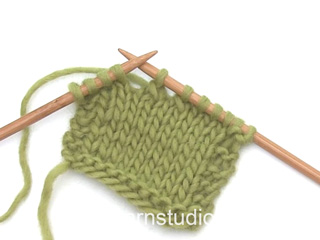
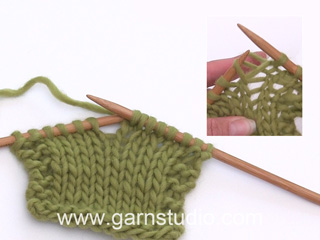
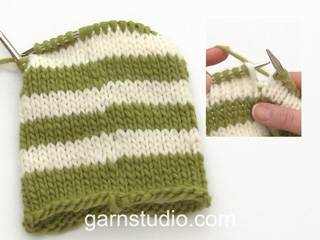

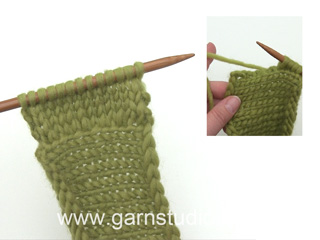
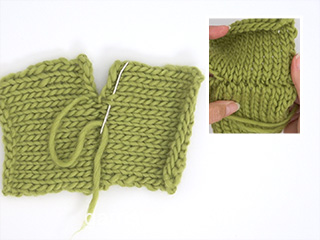
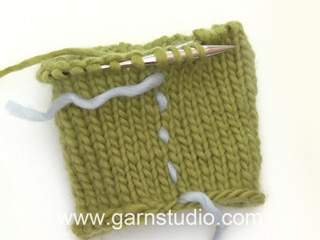
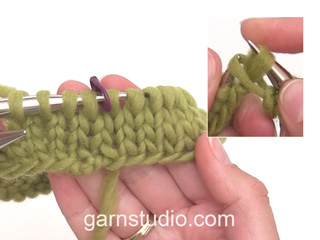
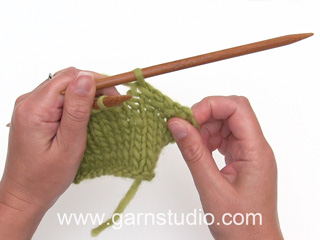
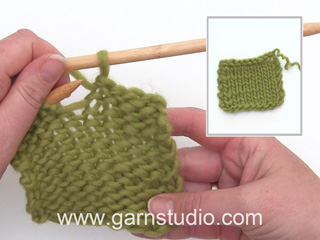
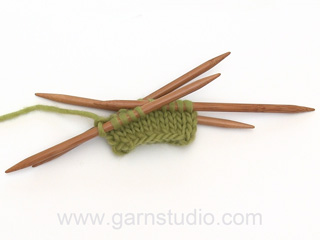

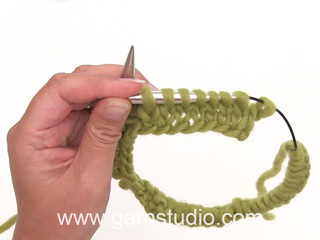
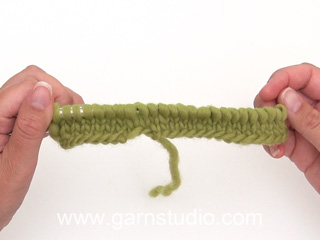

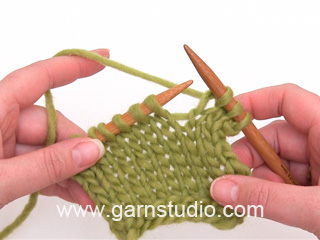
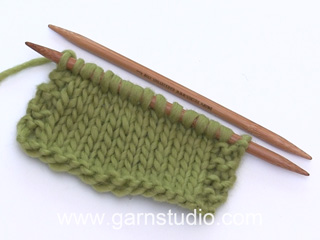
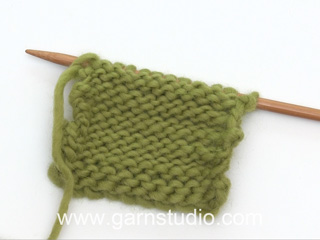
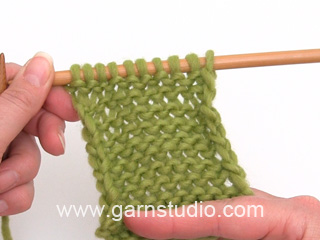
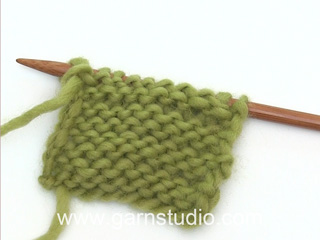
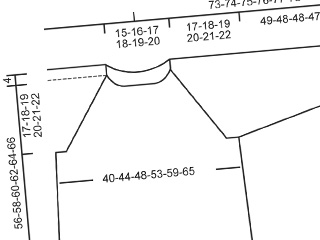
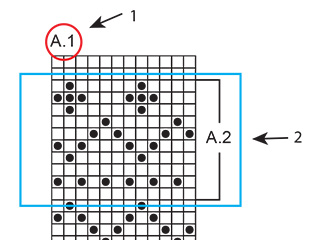
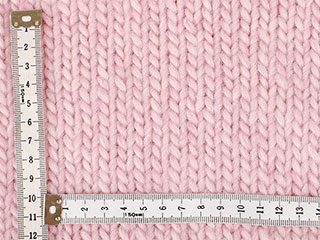
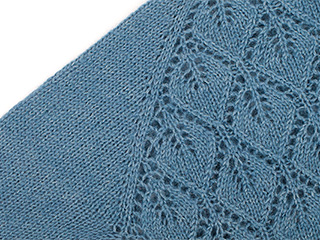
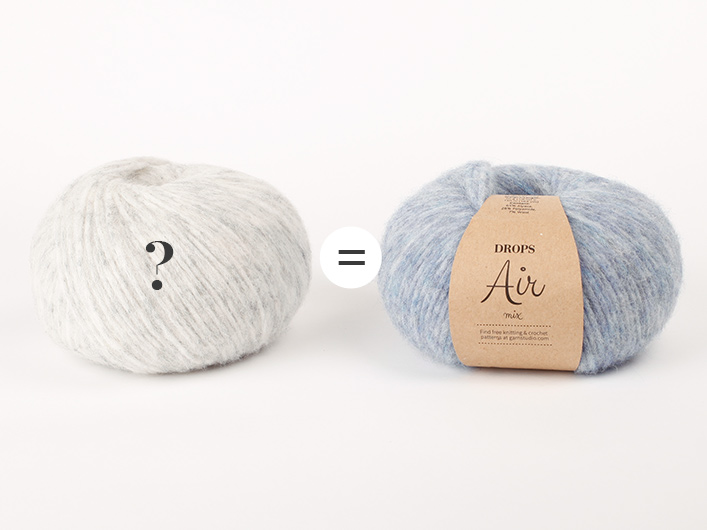

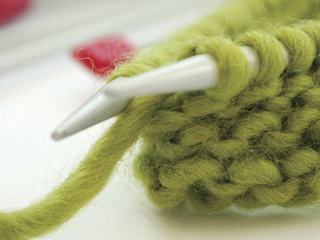
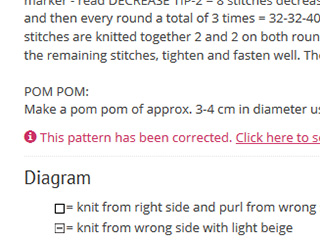
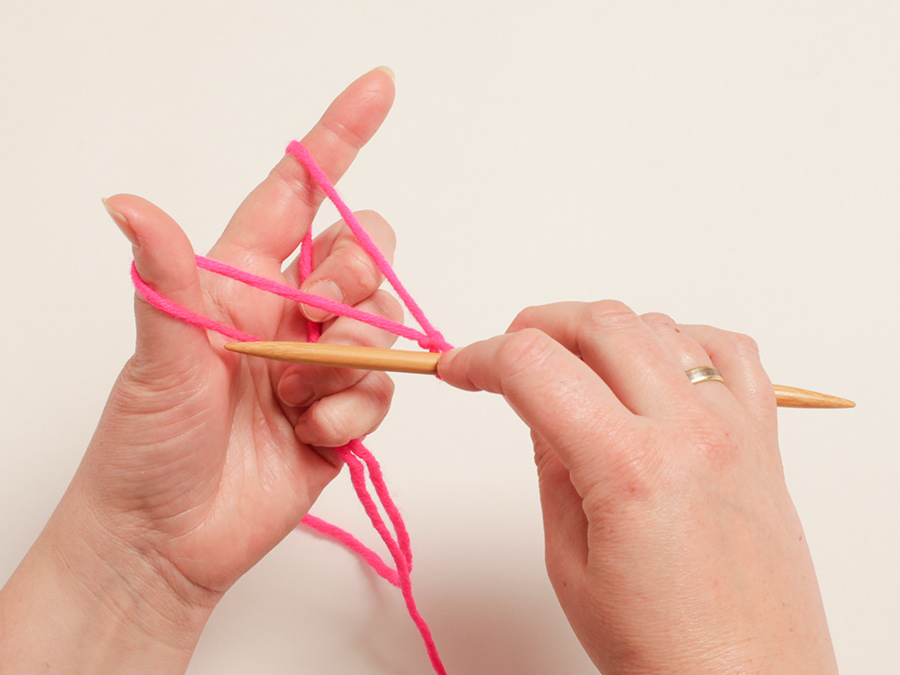
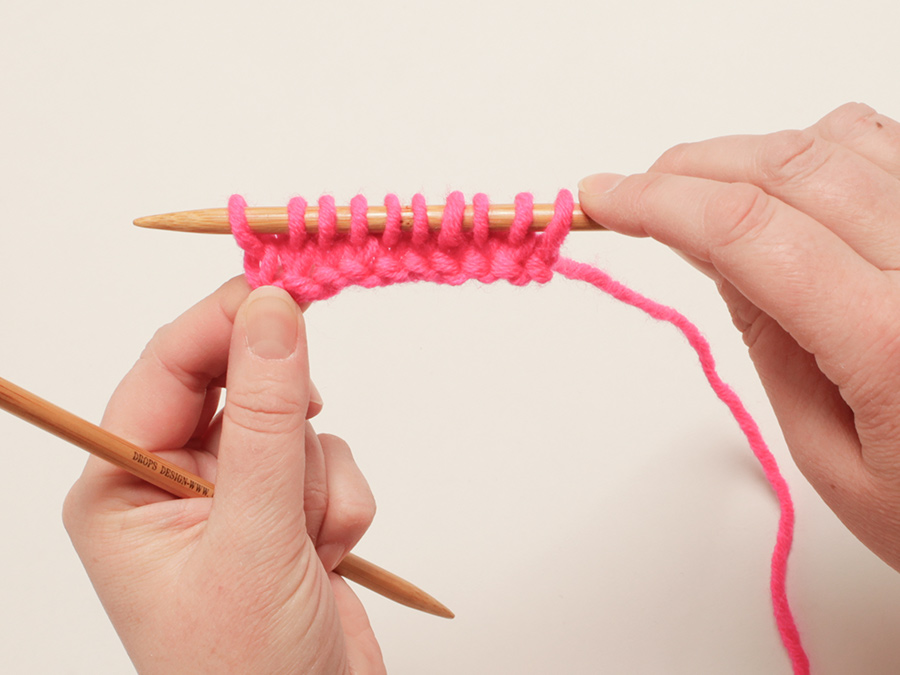

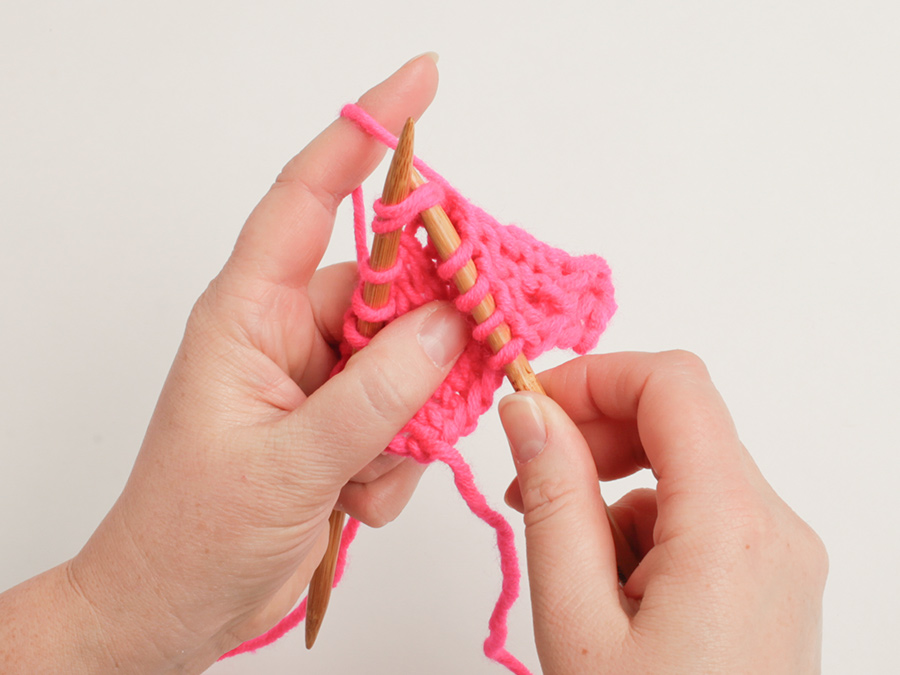
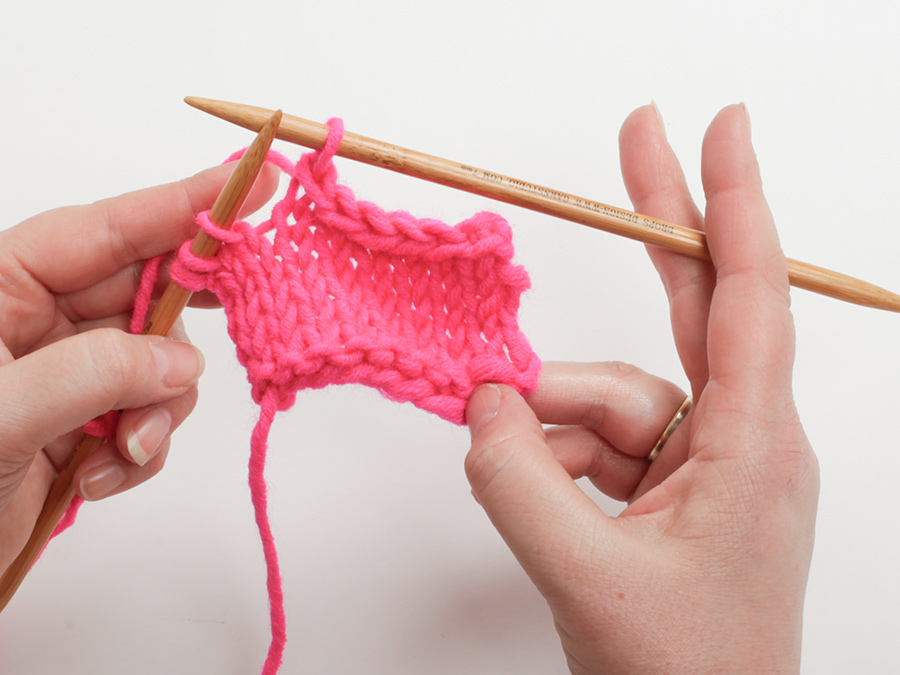
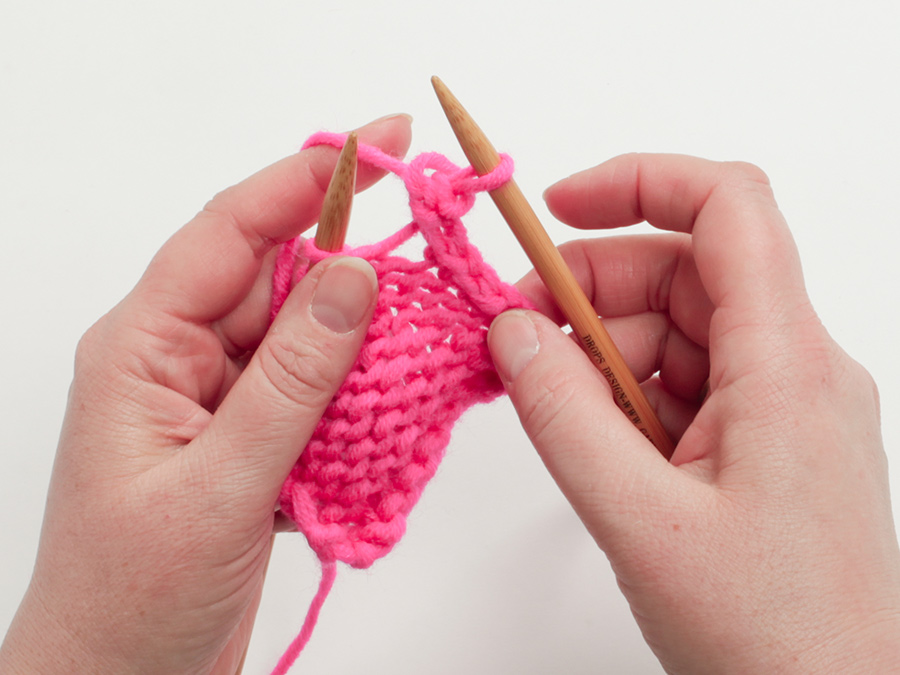


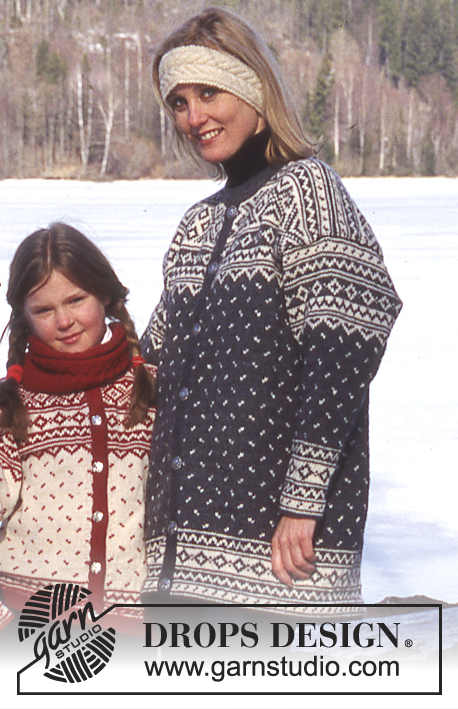
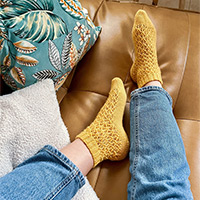
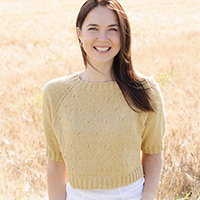
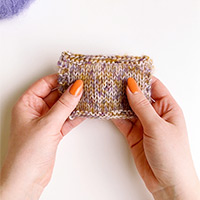
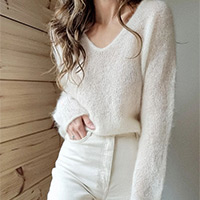

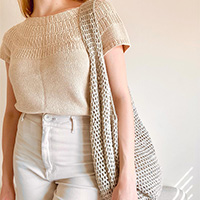
Comments / Questions (29)
Miten hihan lisäykset tehdään ? Säilyykö kuvio myös hihan takana?
20.11.2023 - 09:14DROPS Design answered:
Voit tehdä lisäykset esim. langankierroin. Neulo tällöin langankierrot seuraavalla kerroksella kiertäen, jottei työhön jää reikiä. Lisätyt silmukat voit neuloa pohjavärillä. Vaihtoehtoisesti voit neulo niillä mallineuletta sitä mukaa, kun pystyt tekemään kokonaisia kuvioita.
21.11.2023 - 18:23I want to make mens jumper 52-19. It requires 3 pairs of DROPS tin clasps but i can't find anywhere that sells them. Can you give me supplier in the UK please. If not can you please suggest an alternative I want to make this for my son who was a big AHA/ Morten Harket fan in the 80's and would just love to have this made for him. kind regards Margaret
21.09.2023 - 11:21DROPS Design answered:
Dear Mrs Stewart, we have these claps unfortunately any longer - but your DROPS store might be able to help you further (even per mail or telephone). Thanks for your comprehension. Happy knitting!
21.09.2023 - 11:50I am wanting to knit the hat but don't understand where pattern 8 and 9 are?
13.09.2023 - 20:43DROPS Design answered:
Hi Debby, Patterns 8 and 9 are part of the vertical pattern to the right of the other diagrams at the bottom of the page. Happy knitting!
14.09.2023 - 06:45I'm not sure about needle sizes for the sweater as two lists are given. - one with 3 sizes and one with two. I just want to be sure I have the right "smaller circular needle"
11.04.2023 - 09:00DROPS Design answered:
Dear Mrs Jennings, the tension is here worked on the largest needles, ie size 3,5 mm. Happy knitting!
11.04.2023 - 14:20Hallo wird bei der Mütze immer wieder nach 6 Maschen zwei Maschen zusammengesteckt in der 6 Reihe oder wird der Markierungsfaden nach dem zusamenstricken also dann nach der 5 Masche benutzt?
18.12.2022 - 21:50DROPS Design answered:
Lieber Herr Grabow, es wird immer nach jeder Markierungsfaden abgenommen, so sind es immer 1 Masche weniger nach jeder Abnahme - bei der 2. Größe haben Sie 20 Markier mit je 6 Maschen dazwischen, nach der 1. Abnahmen sind es nur noch 5 Maschen zwischen jeden Markierer, nach der 2. Abnahmen sind es nur noch 4 Maschen zwischen den Markierern, usw. Viel Spaß beim stricken!
19.12.2022 - 09:43When attaching the sleeve (which has a knitted \"facing\" in reverse stockinette) you work from the right side and take a stitch from the sleeve. What kind of stitch do you use? Following the wool direction (like Kitchener stitch) or simple up and down like sewing with thread? I wish there was a video of this process.
02.03.2022 - 20:44DROPS Design answered:
Dear Mrs Schultz, you can sew the sleeve onto armhole as on this video and then sew the extra rows from WS as for the collar in this video. Happy assembly!
03.03.2022 - 15:13Hvilken str. er hægterne?
15.12.2020 - 09:21Hej igen, Altså skal jeg starte ved pilen for den størrelse jeg strikker og så starte ved pilen igen når jeg er ved rygstykket? Hilsen Rhina
20.05.2020 - 19:00DROPS Design answered:
Hej Rhina, ja det stemmer :)
22.05.2020 - 15:09Hej Er ikke helt med på hvad der menes ned det ? M.1. Start ved pilen på diagrammet og strik m over forstk, start tilbage ved pilen og strik m over ryg. Kan I uddybe det? Hilsner Rhina
16.05.2020 - 07:37DROPS Design answered:
Hej Du ser längst ner på diagram M.1 och startar vid pilen för din storlek. Sticka härifrån på framstycket och när du stickat m på framstycket börjar du vid pilen på diagrammet igen och stickar rygstycket. Mvh DROPS Design
19.05.2020 - 11:38Hei. strikker denne. Etter M2 står det at jeg skal begynne på M4, Dette kan vell ikke medføre riktighet da det etter M2 er tunger som er starten og dette finner jeg igjen på M3. Tenker jeg riktig her? At jeg starter med M3 og fortsetter oppover med M4 ? Takk for svar. Brit Johannessen Hiis
10.02.2020 - 15:26DROPS Design answered:
Hei Brit. På bolen strikkes det M.1, M.2 og M.3, mens på ermene strikkes det M.1, M.2 og deretter M.4 og M.3. På bildet ser man at "krysset" ikke strikkes på ermene. God Fornøyelse!
10.02.2020 - 19:00